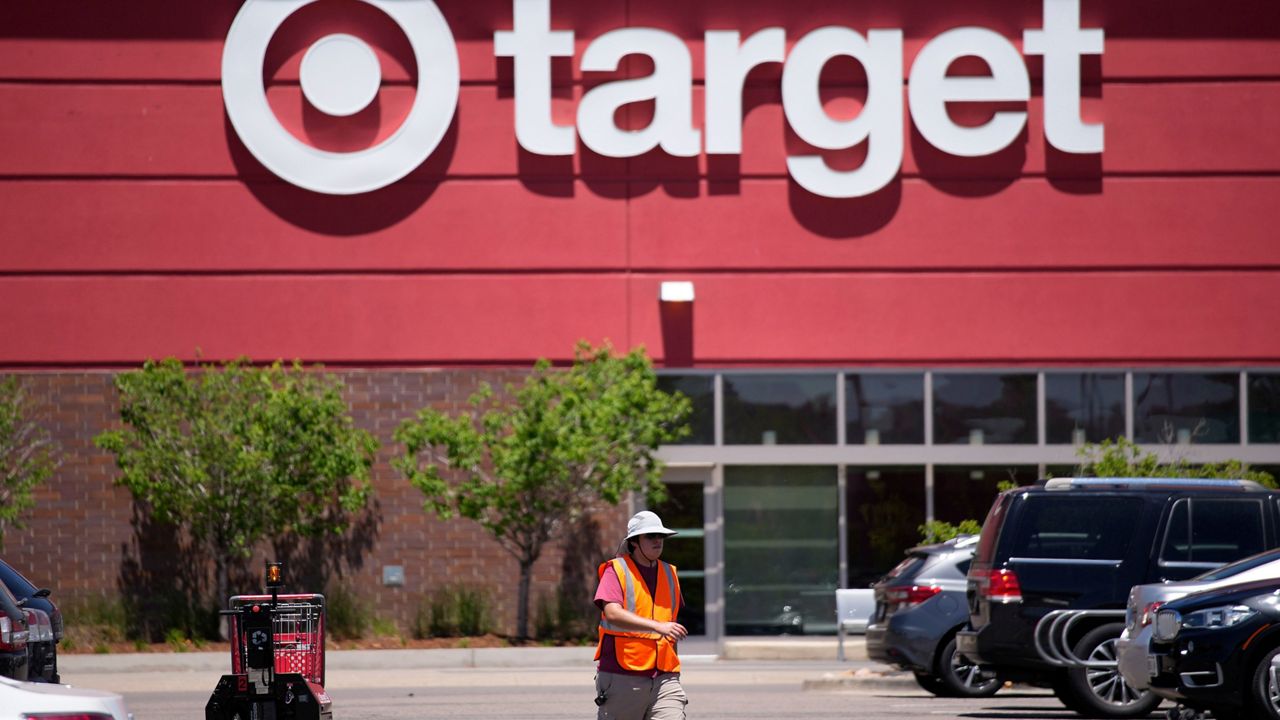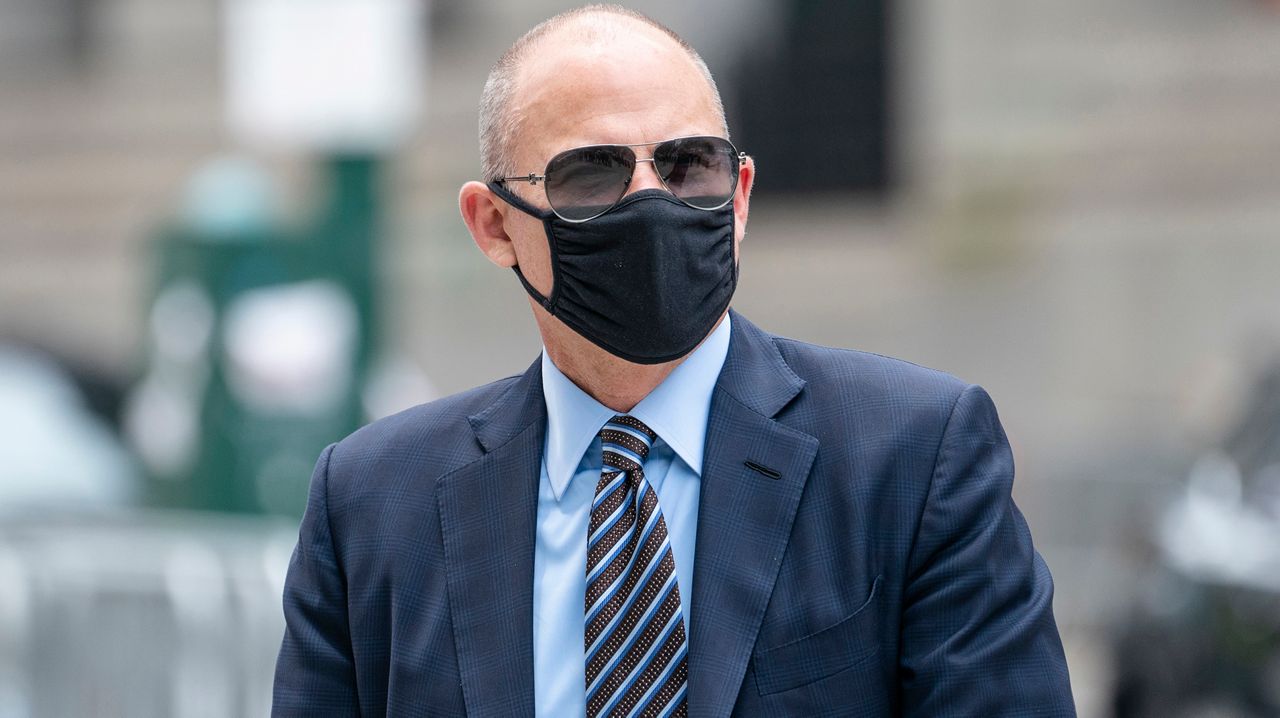Target said Tuesday that it will close nine stores in four states, including one in New York City's East Harlem neighborhood, and three in the San Francisco Bay Area, saying that theft and organized retail crime have threatened the safety of its workers and customers.
The closings, which will be effective Oct. 21, also include three stores in Portland, Oregon, and two in Seattle. Target said that it still will have a combined 150 stores open in the markets where the closures are taking place. It said it will offer affected workers the opportunity to transfer to other stores.
The Minneapolis retailer said the decision to close the stores was difficult.
“We know that our stores serve an important role in their communities, but we can only be successful if the working and shopping environment is safe for all," Target said in a statement.
Target said it has invested heavily in strategies to prevent theft, such as adding more security workers, using third-party guard services and installing theft-deterrent tools, like locking up merchandise. It also has trained store leaders and security-team members to protect themselves and de-escalate potential safety issues.
But it noted that it still faced “fundamental challenges” to operate the stores safely — and the business performance at the locations slated for closure was unsustainable.
While the store closings account for just a fraction of the 1,900 stores Target operates nationwide, the move underscores the challenges retailers face in reducing theft in stores, protecting their workers and customers, and maintaining locations in areas that might have few shopping alternatives.
For example, the Target store in East Harlem is one of the few choices residents have nearby to buy good quality healthy foods. In San Francisco, the store slated to close is located at 13th Street and Folsom under a busy overpass with homeless tents in a largely commercial neighborhood with auto shops. The other two Bay Area stores being closed are in Oakland and Pittsburg. In Seattle, one of the stores is located on a busy avenue near the University of Washington.
Target CEO Brian Cornell has been one of a handful of retail CEOs flagging what they described as rising theft over the past year or so. Cornell had held steadfast he didn't want to resort to closing stores despite mounting losses. Target said in May that theft was cutting into its bottom line and it expected related losses could be $500 million more than last year, when losses from theft were estimated to be anywhere from $700 million to $800 million. So that means losses could top $1.2 billion this fiscal year.
Moreover, Cornell told analysts in August that violent incidents against workers at Target stores increased 120% for the first five months of the year compared with the same period a year ago.
“Our team continues to face an unacceptable amount of retail theft and organized retail crime,” Cornell told analysts. “Unfortunately, safety incidents associated with theft are moving in the wrong direction.”
The announcement also comes as Target is still reeling from being targeted for its LGBTQ+ support, in particular its displays of Pride Month merchandise. In late May, ahead of Pride Month, Target pulled some items in particular regions and made other changes after encountering hostility from customers who confronted workers and tipped over displays. Target said the moves were made to protect workers in the stores.
It’s unclear how much money retailers broadly are losing due to organized retail crime — or if the problem has substantially increased. But the issue has received more notice in the past few years as high-profile smash-and-grab retail thefts and flash mob robberies have garnered national media attention. Over the past few quarters, an increasing number of retailers including Dick's Sporting Goods and Ulta Beauty have been calling out rising theft, citing it a factor in shrinking profits.
Walmart CEO Doug McMillon told CNBC in December that theft was on the rise at stores. In August, he told analysts that in some jurisdictions in the U.S., there needs to be action taken to help protect people from crime, including theft.
The National Retail Federation, the nation’s largest retail trade group, said its latest security survey of roughly 177 retailers found that inventory loss — called shrink — clocked in at an average rate of 1.6% last year, representing $112.1 billion in losses. That's up from 1.4% the previous year.
The greatest portion of shrink — 65% — came from external theft, including products taken during organized shoplifting incidents, the trade group said Tuesday. More than two-thirds of respondents said they were seeing even more violence and aggression from perpetrators of organized retail crime compared with a year ago.
The NRF said that even though retailers continue to improve their loss-prevention measures, sometimes more drastic action must be taken. Nearly 30% of retailers surveyed reported being forced to close a specific store location, and 45% said they needed to reduce operating hours. Roughly 30% said they needed to change or reduce product selection in stores as a direct result of retail crime.
Late last year, Congress passed a bill, called the INFORM ACT, that seeks to combat sales of counterfeit goods and dangerous products by compelling online marketplaces to verify different types of information — including bank account, tax ID and contact details — for sellers who make at least 200 unique sales and earn a minimum of $5,000 in a given year.
Target said Tuesday that it's making significant investments in cyber defense to combat retail theft and fraud and has teamed up with the U.S. Department of Homeland Security's Homeland Security Investigations division to combat retail theft.





